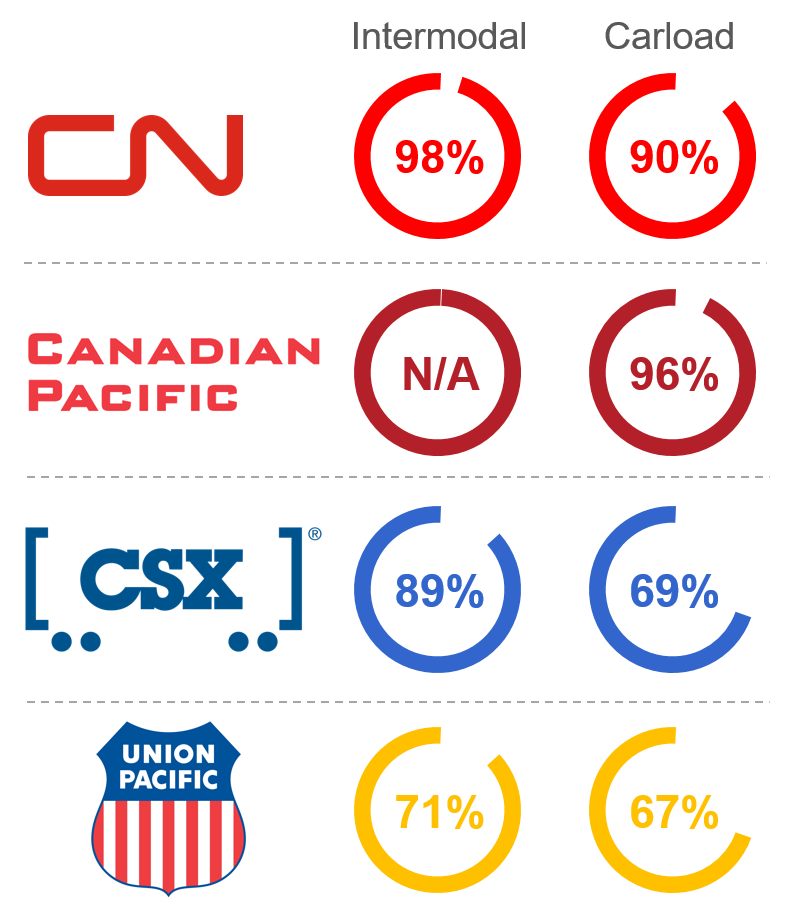Media Sharing
Get More from ICL Directly to Your Inbox



Premier visibility for railcar tracking & management
Trusted 3PL expertise for finished vehicle logistics
End-to-end visibility for finished vehicle shippers
Turnkey solution to manage your yard operations
Optimize or design your transportation network with ease
Streamline your load for maximum efficiency
Even more custom service solutions to support all your logistics needs
We're proud to be a leader in product visibility and invoice auditing solutions throughout the logistics supply chain. Learn more.
Looking to join our team of award winning experts? Check out our open positions now.
We want to hear from you! Get in touch with us today.
For the fine print on our privacy policy, cookies and data, & more.
See how we keep your data safe with certified security practices, secure systems, and constant monitoring.

Trip Plan Compliance is a new metric now reported by the Class 1 Railroads and is related to Precision Scheduled Railroading. After implementing operating improvements (train speed, yard dwell, car velocity), railroads can measure the impact through the performance of shipments to specific ETAs:
For interline movements, where more than one railroad is involved, the Trip Plan is measured to the end event for each railway – for example, from pick up at origin to availability to the next railroad at an interchange.
Not all railways publish Trip Plan Compliance metrics, here are some examples below of companies who have used other metrics or don’t report TPC.
Q2 2021 Trip Plan Compliance by Railroad and Traffic Type

So how does Trip Plan Compliance help rail shippers get to reach their markets on time? The answer is: it’s complicated.
There are some positive aspects – railroads are adept at managing metrics, and even measuring and reporting trip plan compliance is good news for shippers. But there are complexities in the rail network that no single railroad can solve.
Railroads should be applauded for trying toward more consistent, predictable service. But it doesn’t help answer their customer’s questions about when rail shipments will arrive. An end-to-end ETA, calculated when the bill of lading is created, and recalculated while the railcar is moving toward a destination, is critical for rail shippers to provide that Amazon-like experience to their customers.
Read the last article in our series to learn how rail ETAs are calculated, what factors need to be considered to predict an accurate ETA, and how rail shippers can provide quality ETA information to their end customers.


